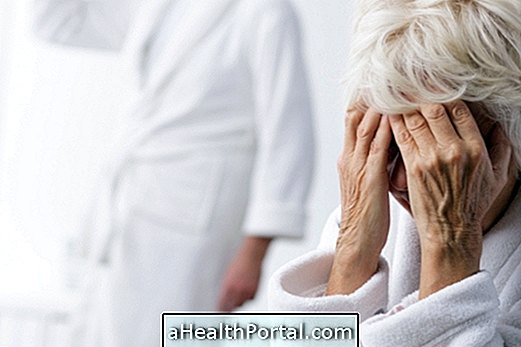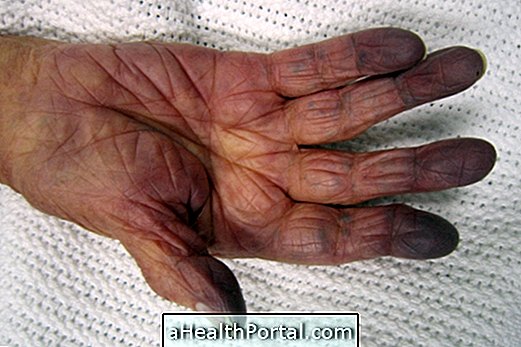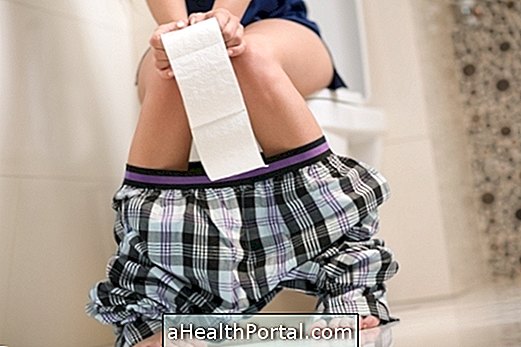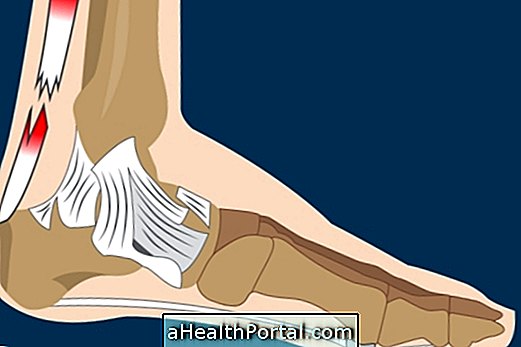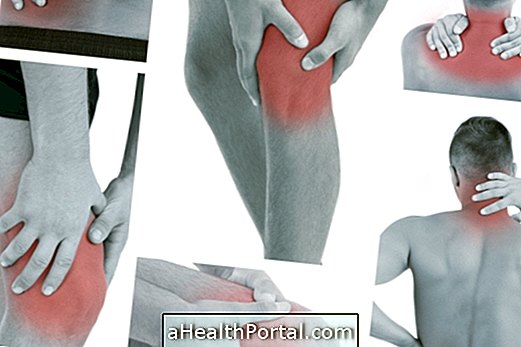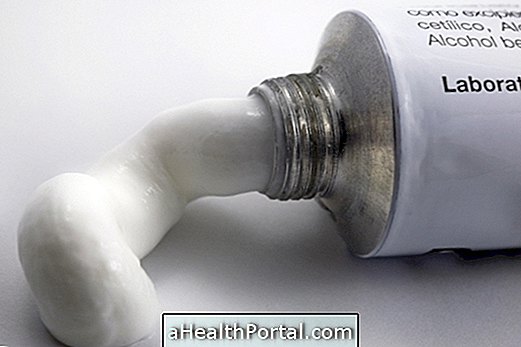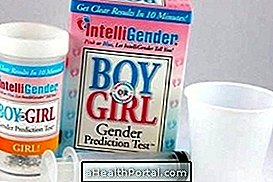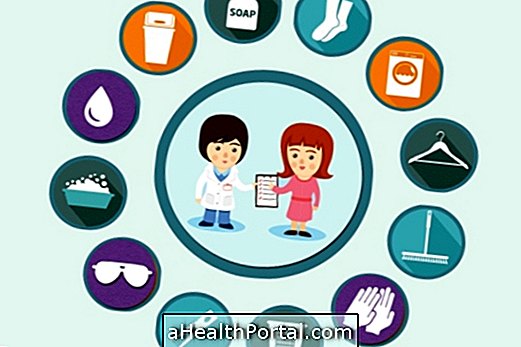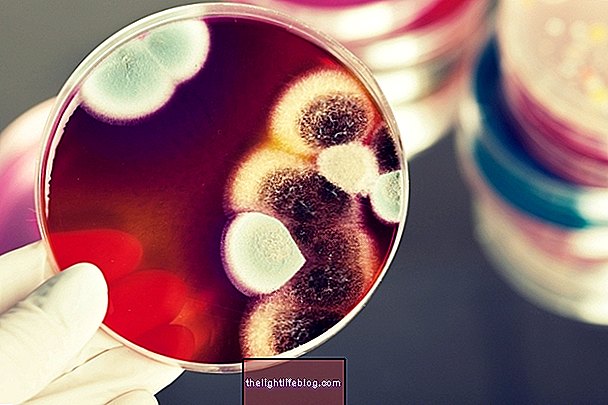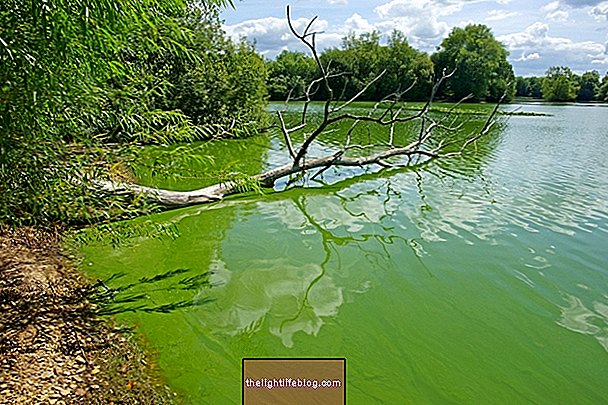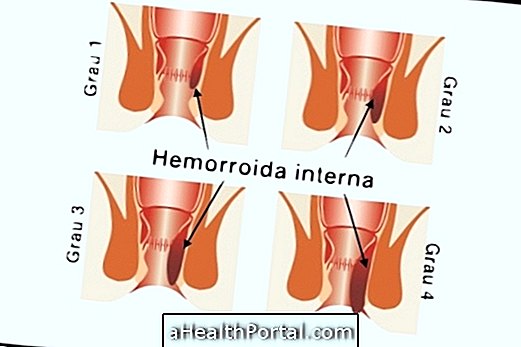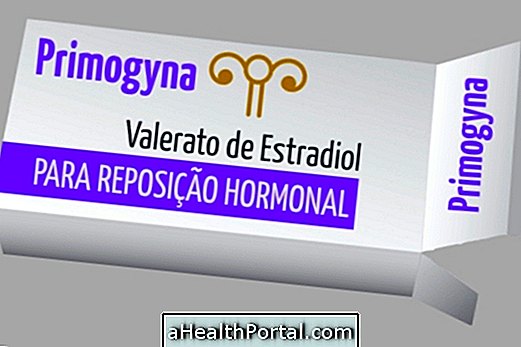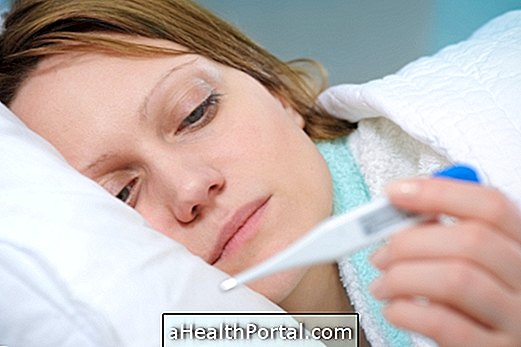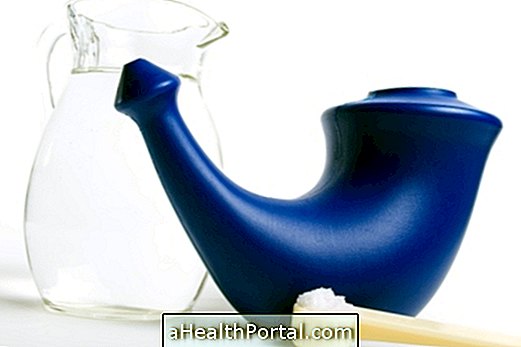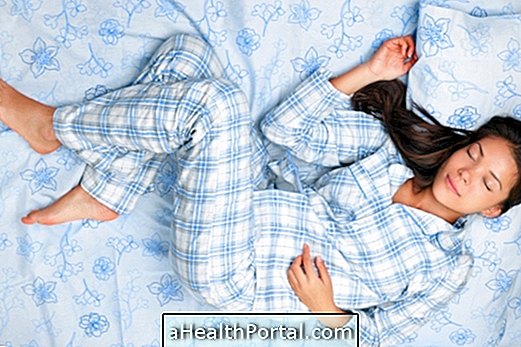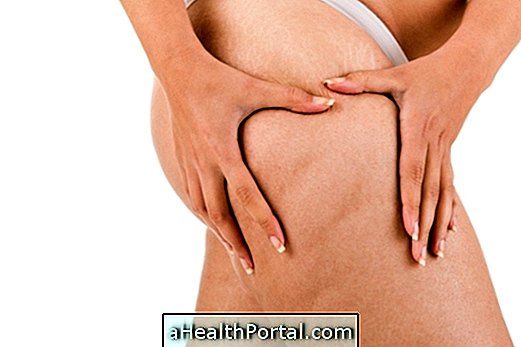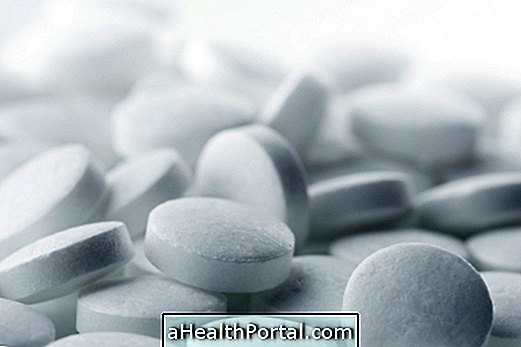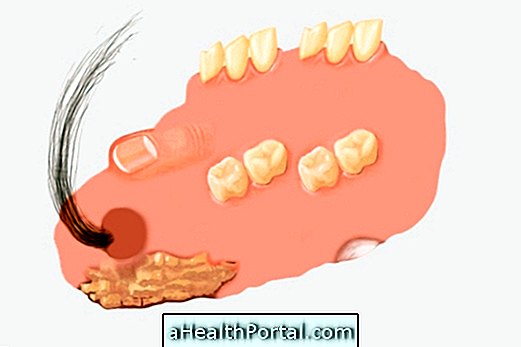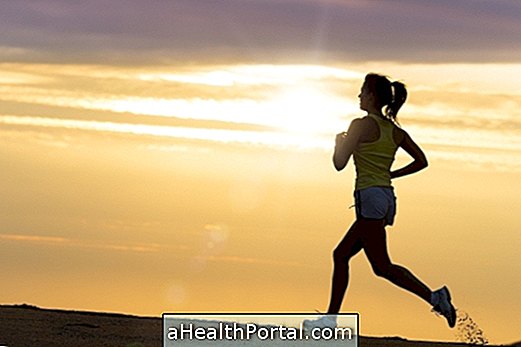The main symptom of gallstone is biliary colic, which is a sudden and intense pain in the right side of the abdomen. Usually this pain arises about 30 minutes to 1 hour after the meal, but passes after the digestion of food ends, as the gallbladder is no longer stimulated to release the bile.
So, if you think you may be with stone, select your symptoms:
- 1. Strong pain on the right side of the belly up to 1 hour after eating Yes No
- 2. Fever above 38º C Yes No
- 3. Yellowing of the eyes or skin Yes No
- 4. Constant diarrhea Yes No
- 5. Nausea or vomiting, especially after meals Yes No
- 6. Loss of appetite Yes No

However, these symptoms happen in a few cases and therefore it is possible to discover the stones in the gallbladder during routine exams such as abdominal ultrasound. Thus, people at increased risk of gallstone should make an appointment with the gastroenterologist to keep vigilance and identify the problem from the outset.
The gallbladder is responsible for storing bile, a greenish liquid that helps in the digestion of fats. At the time of digestion, bile crosses the bile ducts and reaches the intestine, but the presence of stones may block this pathway, causing gall bladder inflammation and pain.
It can also happen that the stones are small and can cross the bile ducts until they reach the intestine, where they will be eliminated along with the feces.

What to do if you suspect a stone in the gallbladder
In case of symptoms, the general practitioner or gastroenterologist should be sought. If the pain is constant or if there is fever and vomiting other than pain, you should go to the emergency room. The diagnosis of stone in the gallbladder is usually done by ultrasound. However, more specific examinations such as magnetic resonance imaging, scintigraphy or computed tomography can be used to identify whether or not the gallbladder is inflamed.
What can cause gall bladder
The stones in the gallbladder are formed by changes in bile composition, and some factors that can cause these changes are:
- Diet rich in fats and simple carbohydrates, such as white bread and soft drinks;
- Low fiber diet, such as whole foods, fruits and vegetables;
- Diabetes;
- High cholesterol;
- Lack of physical activity;
- Arterial hypertension;
- Smoke;
- Prolonged use of contraceptives:
- Family history of people with gall stones.
Due to hormonal differences, women have a greater tendency to have gallstones than men.
Treatment for gallstone
Treatment for stone in the gallbladder should be guided by a gastroenterologist and is done according to the size of the stones and the presence or absence of symptoms. People with small stones or who do not present symptoms usually take medicines to undo the stones, like Ursodiol, but it can take years until the stones disappear. On the other hand, people who have frequent symptoms are indicated for gallbladder removal surgery. There is also treatment with shock waves that break the stones of the gallbladder into smaller stones, just as it is done in cases of kidney stones.
In addition, the patient should avoid eating a high fat diet, such as fried or red meat, and practice physical activity regularly. See more details on treatment for gallstone.
Learn how to feed your gallbladder by watching:

